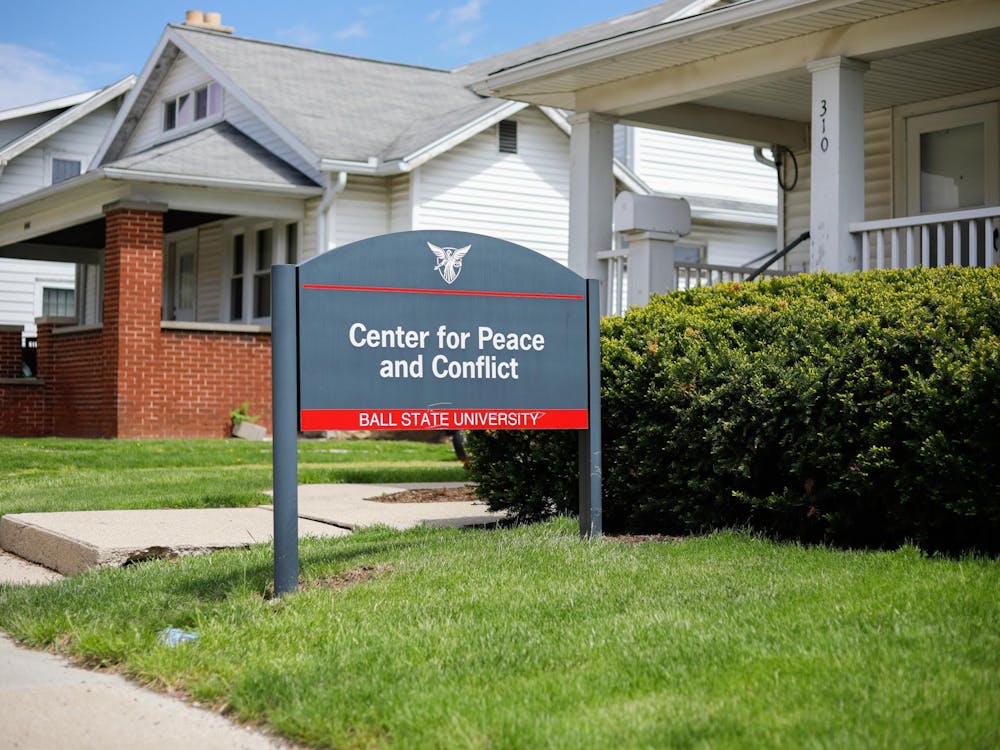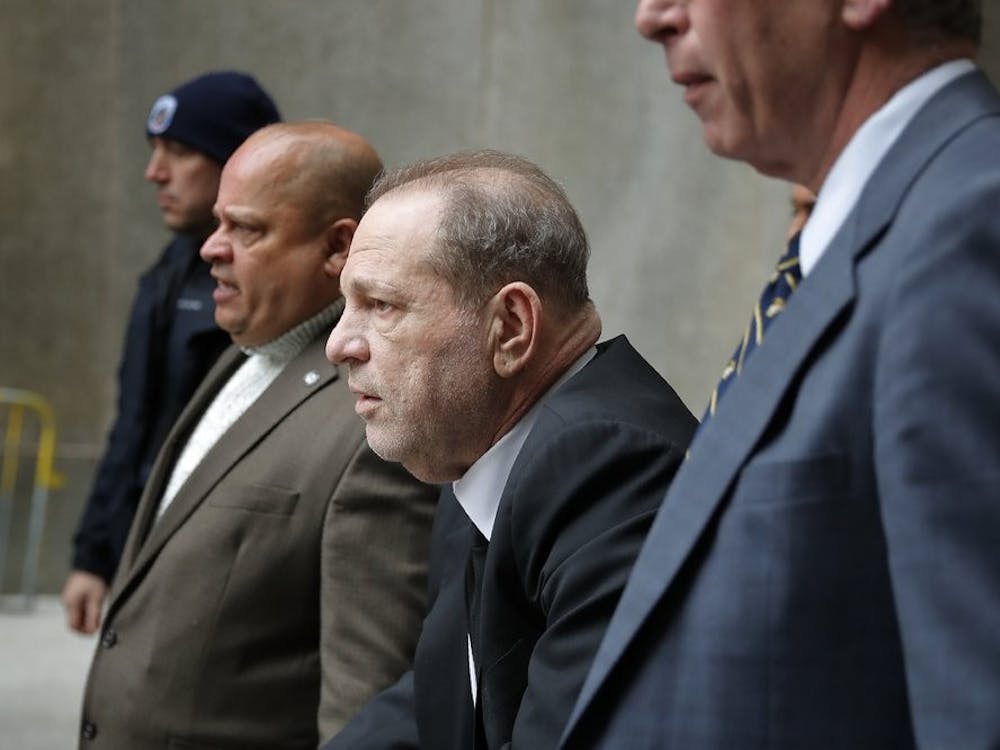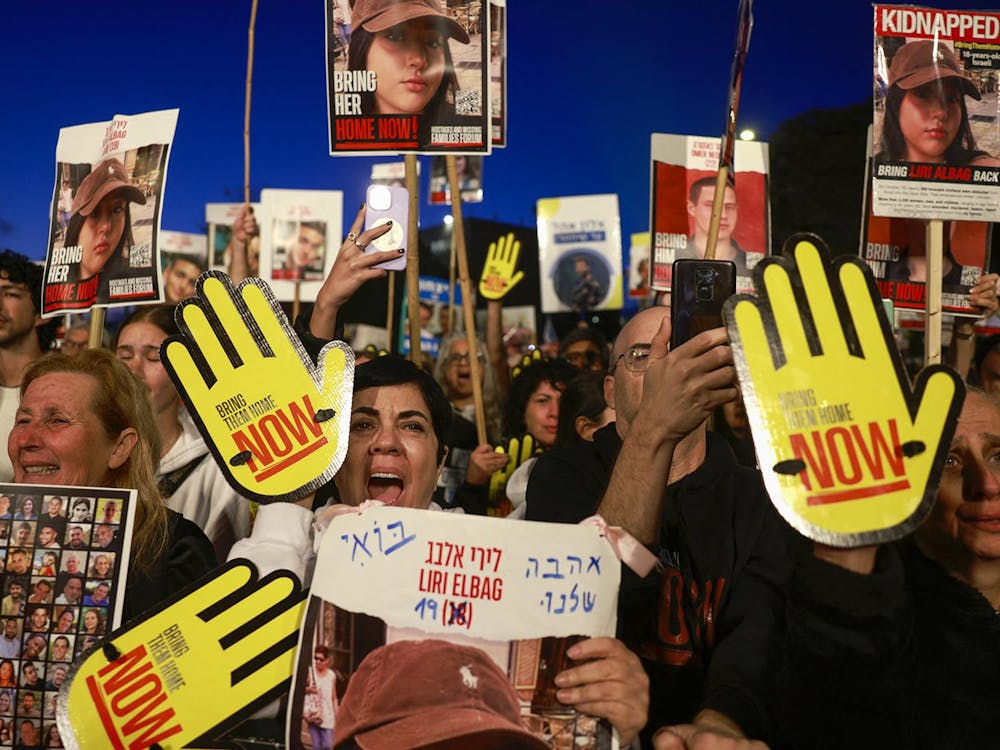Ball State is filled with interesting classes and professors. However, sometimes it might be difficult to find them. Below are a few of the more unusual and interesting classes offered here.
Anthropology, Culture and Globalization: ANTH 111
Dr. Cailín E. Murray, associate professor of anthropology, teaches one of several sections of ANTH 111, which teaches the anthropology of culture and globalization. It is a three-credit class designed for non-majors. Murray does something different with her section though. She has her students look at these subjects through the lens of horror entertainment, including movies, literature and folklore.
“If you really want to understand what’s going on in a culture at the moment look at its horror. Look at what it considers horrifying,” Murray said.
Murray said she sometimes assigns the novel “Dracula,” and will have her students pick it apart to find themes of consumerism and globalization.
The normal subjects of ANTH 111 are still fully taught despite the unusual material.
“I think people can get stuck on thinking, 'Well this is just a class about vampires!' No, this is a class about globalization and culture. So, if they’re interested in those kinds of things and they want to explore it in a deeper way, then this is a great class for them.”
Sex and the Bible: RELS 206
Joseph Marchal, an associate professor of religious studies, teaches this three-credit class.
Marchal said over email that he wants students to become more informed, “particularly around sexual and biblical issues, and where they do and do not overlap.”
Students in the class will learn how to approach these touchy but also interesting topics in new ways with class meetings that involve “lots of frank, funny and wide-ranging conversations.”
Through the class, students will become more knowledgeable about biblical materials as well as the ways people have talked about bodies, gender and sex in accordance to these materials.
“The class covers challenging and at times uncomfortable topics, but it is certainly never dull!” Marchal said.
Special Topics in Art History: AHS 301
This three-credit class is always changing depending on the topic.
Recently, the class has covered the American West, with the title, "Space, Land, and Concept in Art of the American West." It is both an art history and studio class. Dr. Lara Kuykendall, an associate professor of art history, teaches the history side of the class, while Jacinda Russell, associate professor of art, teaches the studio art side of the class.
“We wanted to show studio art majors how important it is to read and do research. And we wanted to show art historians how exciting it is to be an artist,” Kuykendall said.
Some of the class will also engage in a two-week road trip at the end of the semester where they will go and see the art they had previously studied. The class covers everything from the art of the Native people of the west, to famous artists like Ansel Adams and Georgia O’Keefe, earthworks of the 1960s and 70s, and the history of paintings in Santa Fe.
“It’s like a wide expanse of information and thinking about how this space shaped this wildly different artwork over a couple hundred years,” Russell said.
Kuykendall and Russell said to contact them as soon as possible about the class if you are interested.
"We ask for testimonials from students who took this class the last time we taught it and people are saying ‘It’s the best decision I’ve ever made in my life’, ‘It totally changed my relationship with Ball State and the school of art.’ We got pretty good reviews,” Kuykendall said.
Perspectives of Jazz: MUHI 139
This jazz history class taught by Scott Routenberg, an assistant professor of music performance in jazz piano.
It is a three-credit class, and it is only open to students not majoring in music. Students are introduced to all the major stylistic eras of jazz from the late 19th century to even more contemporary artists, actively listening to the music and building essential listening skills in the process. The basic elements of jazz, including improvisation and swing, are taught.
Students enrolled in the course will also go to jazz performances either on or off campus and write critiques of the performances.
“It’s going to be different than, say, a course in western music history, because most of the professors that teach those courses are musicologists. The difference is is that I’m not a musicologist, I’m a jazz musician. I’m really connected to this world and I enjoy letting other people in on this secret,” Routenberg said.
Contact Andrew Harp with comments at adharp@bsu.edu.





